Samurai Armor, Clothing & Accessories
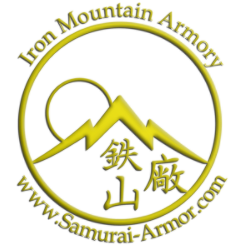
Traditional Armor for the Modern Warrior

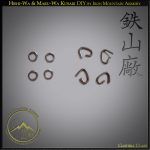
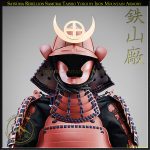

(Samurai Arrow)
Kusari
(Japanese Chain Mail)
$49.99 Original price was: $49.99.$39.95Current price is: $39.95. $43.15
KUSARI – Japanese Chain Mail
Kusari is the general term for traditionally crafted Japanese iron chain mail. There are several styles of traditional kusari which were developed and popular throughout different eras of Japan’s history. Generally speaking, traditional Japanese kusari is often hand crafted together from 2 different ring styles. The 1st is a central ring in the shape of a circle “O” called maru-wa (丸輪). The 2nd is a lateral ring in the shape of an oval called hishi wa (hitsu wa / 菱輪). The lateral hishi-wa are used to connect the central maru-wa in various patterns, which makes up the body and style of the kusari. The oval hishi-wa ring is the secret of Japanese chain-mail, making it capable of expanding laterally. These 2 different styles of rings can be changed to create different patterns of mail, changing the weight and strength of butted chain.
The current style of kusari links we are selling is the most common style. The central ring style (maru-wa) is “hamiawase naka-gusari” which is a “butted” ring. Butted mail meaning a ring that is rolled into a circle, pressed or “butted” up against the reverse edge. The lateral ring (hishi wa) is the standard oval “butted” ring.
When term “kusari‘” is used with another term to describe a particular pattern of chain mail, the “K” in kusari changes to “G”, making it “gusari“. So using these 2 styles of rings, you can create several patterns of traditional Japanese chain mail. The most common and traditional is called hitoe-gusari or so-gusari, also known as “4 in 1” which creates a tight pattern (seen on most of our armor sets) was common in the Sengoku Era. Hana-gusari or asa-no-ha-gusari, also known as 6 in 1 mail pattern. This is heavier, stronger and a really dense pattern of kusari which became more common in the Edo Era. Other patterns of kusari can be created using the 2 styles of rings. All patterns of kusari are sewn onto several layers of asa (hemp linen) and/or silk material. This strengthens the form of the chain-mail while creating several layers of protection that can also work as padding.
Kusari was used as a secondary defense and often to link laminated plate armor together, to make the samurai armor more flexible. As it developed it was used more and more, notably in the kote, haidate and suneate. In time hoods, called kusari zukerin and kusari jackets were worn under, over existing armor or as armor itself. This style of traditional Japanese butted mail is perfect for restoring original armor, use in re-enactment armor, cosplay, larp and those wanting to craft traditional Japanese kusari.
Hitaiate Kusari Features:
- 2 Traditional Ring Styles (Round and Oval)
- Ring Sizes: Oval= 8×5 mm O=6×6 mm
- Ring Thickness: .8mm
- Traditional Sengoku Design.
- 12 oz of equally mixed links (50/50)
| Our skilled katchû-shi (armorers) at the Iron Mountain Armory will need at least 3 to 7 days, depending on options selected, and other scheduled orders, for the custom handcrafting of this item. |
|---|
| For more information, please review our Order Options Explained, Glossary Terms or FAQ Pages. You can also Contact Us directly. We are always happy to be of service. |
References: Samurai Armour: Volume I: The Japanese Cuirass by: Trevor Absolon
| Weight | 1.5 kg |
|---|---|
| Dimensions | 10 × 10 × 10 cm |
2 reviews for Kusari
(Japanese Chain Mail)
Sorry, no reviews match your current selections
 SHIPPING & DELIVERY
SHIPPING & DELIVERY
Unless otherwise noted in the product description, LSE contracts Iron Mountain Armory China to hand make and ship all products. Iron Mountain Armory will drop ship directly to recipient worldwide. Shipping rates and times depend on selected courier / service, individual products, weight / size of item(s) and other details. Delivery times are not guaranteed. Orders are packed and shipped with care. Because we ship worldwide and regulations differ between countries, sometimes extra time is needed when preparing and shipping your package. We make every effort to ship each order in a timely manner.
For more information please review our Shipping &Delivery Policy.
Related products
In stock
In stock
In stock
In stock
In stock
In stock
In stock
In stock
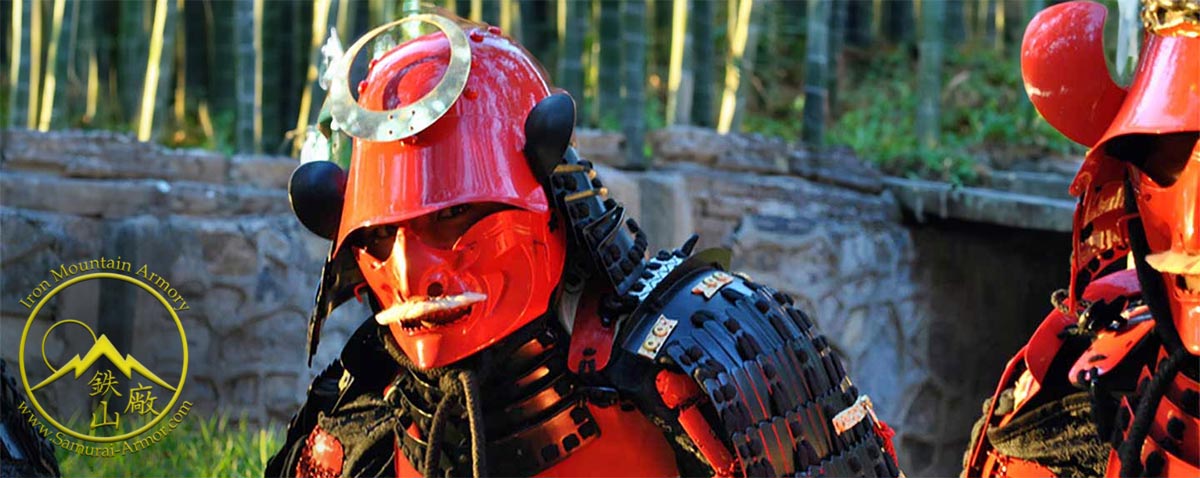

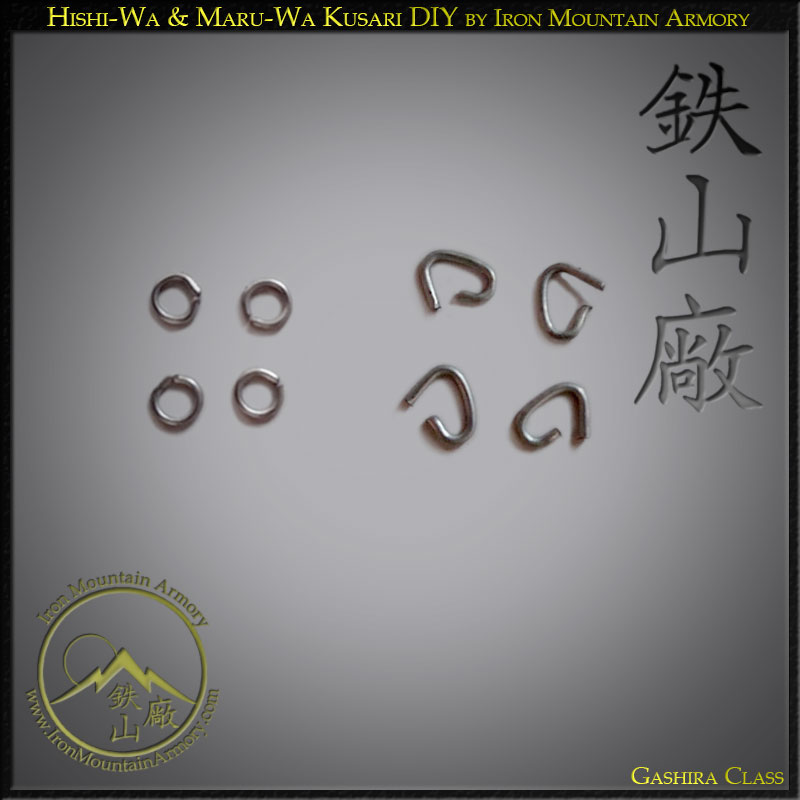
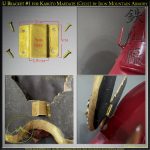
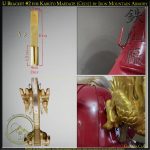

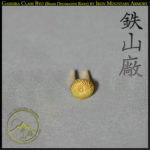

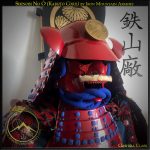

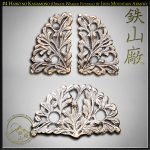
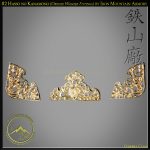
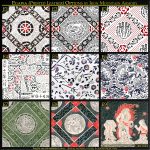
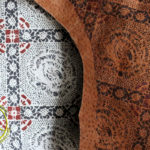
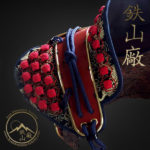
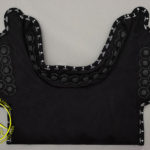

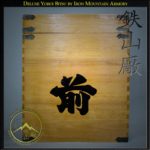
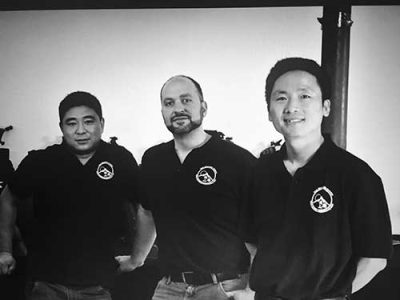
This is going to take a while to weave together. Appreciate that they separated the two types of rings in two bags.